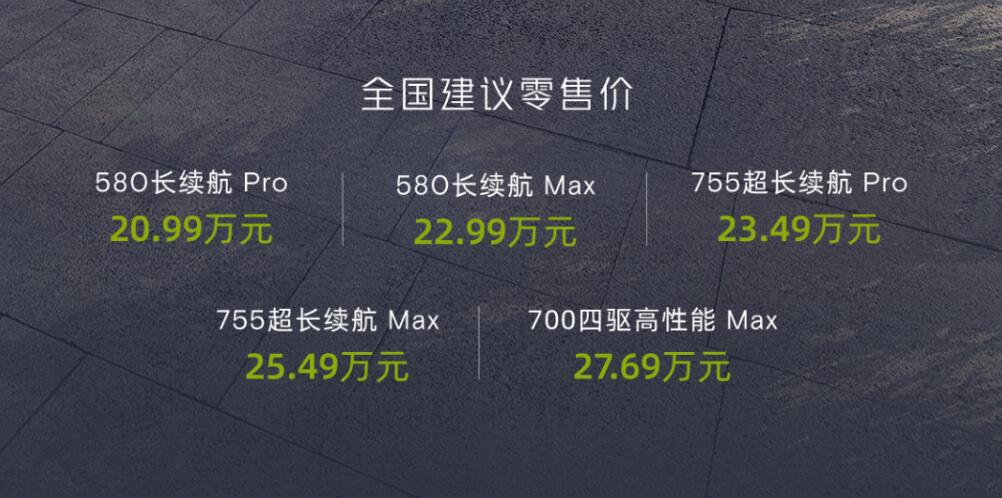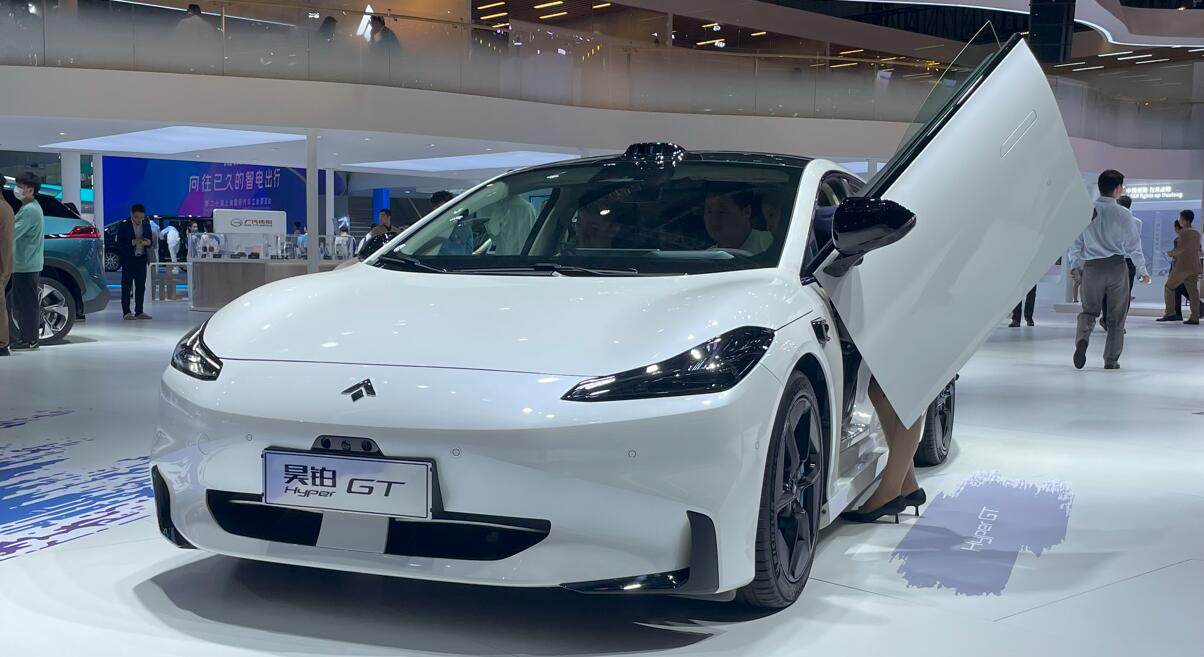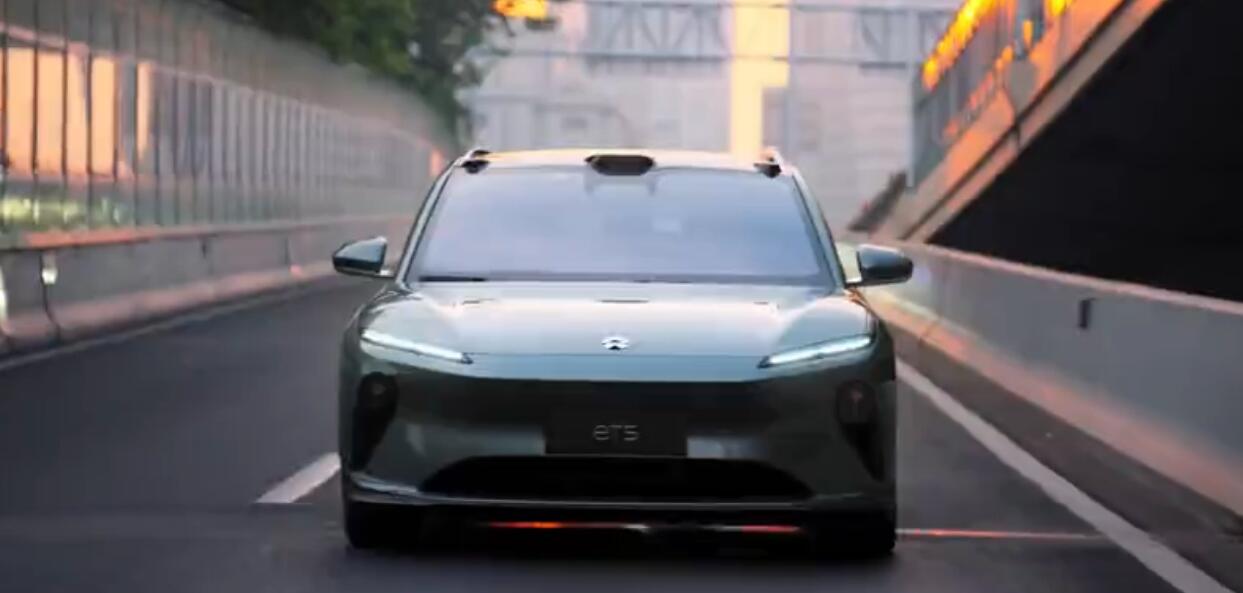The G6 is expected to be the top-selling smart electric SUV in China in the RMB 250,000 price level within two months, said Xpeng's CEO.

(Image credit: Xpeng)
Xpeng (NYSE: XPEV) today officially launched its highly anticipated new SUV, the G6, in China at prices significantly below the pre-sale price to recapture its past glory.
The G6 is a direct competitor to the Tesla Model Y, and Xpeng is offering it in five versions, including two Pro versions and three Max versions.
These five versions start at RMB 209,900 ($29,010), RMB 229,900, RMB 234,900, RMB 254,900 and RMB 276,900 respectively.
The starting price is RMB 15,100 lower than Xpeng's G6 pre-sale price of RMB 225,000 announced on June 9.
The G6 measures 4,753 mm in length, 1,920 mm in width and 1,650 mm in height, and has a wheelbase of 2,890 mm, which is essentially the same as the Tesla Model Y, which measures 4,750 mm in length, 1,921 mm in width and 1,624 mm in height, and has a wheelbase of 2,890 mm.

The Model Y is currently available in three versions in China, with starting prices of RMB 263,900, RMB 313,900 and RMB 363,900 respectively.
The Tesla model sold 31,054 units at retail in China in May, making it once again the best-selling SUV in the country, according to a ranking released earlier this month by the China Passenger Car Association (CPCA).
Xpeng began pre-sales of the G6 on June 9 and later announced that the model had received more than 25,000 orders in 72 hours.
At today's launch event, Xpeng chairman and CEO He Xiaopeng said the G6 had more than 35,000 pre-sale orders as of June 28 since June 9.
The G6 is expected to become the top-selling smart electric SUV priced at the RMB 250,000 level in China within two months, he said.
It's worth noting that while Xpeng previously emphasized that the G6's most direct competitor is the Tesla Model Y, Mr. He's comments seem to rule out comparisons to the Model Y, which is priced above RMB 250,000 for all versions.
In China, consumers generally prefer SUVs with more space, which is why the earliest models from startups including Xpeng, Nio (NYSE: Nio) and Li Auto (NASDAQ: LI) were all SUVs.
Tesla's Model Y has also quickly become one of the best-selling electric vehicles in China after it starts production at its Shanghai plant in 2021.
From January to May, Model Y retail sales in China were 152,461 units, up 87.03 percent year-on-year, making it the best-selling SUV in China during that period.
Based on the 800 V platform, the Xpeng G6 boasts more than 100 advanced features, including a 3C battery that supports ultra-fast charging, and the company's signature driver assistance software, XNGP.

Four versions of the vehicle are single-motor rear-wheel drive models, offering a choice of two ranges -- 580 and 755 kilometers. The most expensive version is a dual-motor four-wheel drive model with a CLTC range of 700 kilometers.
The G6 can be charged from 0 to 80 percent in as little as 20 minutes, with combined energy consumption as low as 13.2 kWh per 100 km.
The model is equipped with battery cells from CATL's local rival CALB and battery packs produced by Xpeng's plant in Wuhan, Hubei, according to a previous regulatory filing.
In terms of performance, the lowest-priced Xpeng G6 can accelerate from 0 to 100 km/h in 6.6 seconds, while the highest-priced 4WD version is 3.9 seconds.
XNGP is an all-scenario assisted driving system, and Xpeng aims to have it provide driving assistance in all scenarios including highways, city roads, internal campus roads, and parking lots.
On June 15, Xpeng announced that the urban part of the system, City NGP (Navigation Guided Pilot), became available in Beijing after Guangzhou, Shenzhen and Shanghai.
Xpeng announced at today's launch event that XNGP will cover an additional 50 Chinese cities in the second half of the year, with the goal of being available in 200 cities next year.

The G6 show cars and vehicles for test drives are already available in Xpeng showrooms in China, and deliveries of the model will begin in July.
Xpeng also said today that the G6 is based on Chinese and European five-star safety standards and that deliveries in Europe will also begin next year.
Xpeng restarted its European expansion, once on hold, with the launch of the G9 and the new P7 in Europe in February.
The G6 will be crucial for Xpeng to boost weak sales, which fell to 5,218 units in January and have only recovered to just over 7,000 units in the past three months.

The G6 will be a hot seller in China's new-energy SUV market in the RMB 200,000 to 300,000 range, and will enable Xpeng's total deliveries to grow well above the industry's pace in the third quarter, the company's management said in a May 24 analyst call following its first-quarter earnings announcement.
Xpeng management also said at the time that it had set aside about two months between the start of production and delivery of the G6, a model that Xpeng hopes will reach more than double the sales of the P7i.
This means that Xpeng management expects monthly sales of the G6 to reach 6,000-8,000 units, Deutsche Bank analyst Edison Yu's team said in a May 30 research note.
($1 = RMB 7.2353)


XPeng making its last stand with G6, says Deutsche Bank
The post Xpeng officially launches G6 with starting price of $29,010 to regain past glory appeared first on CnEVPost.
For more articles, please visit CnEVPost.













































